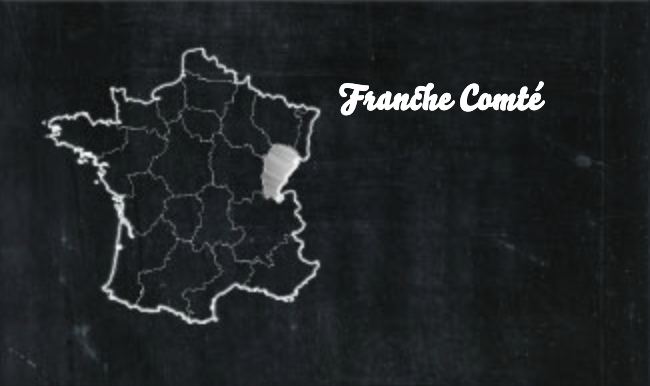A famous poet reminds us that, “Partout dans la Franche-Comté avec amour on s’en régale qu’on porte jupon ou culotte tous on mange de la cancoillotte” (Everywhere in Franche-Comté, with love we do enjoy, whether we wear trousers or a petticoat, we all eat Cancoillotte).
Cancoillotte is a household cheese par excellence. It is traditionally a source of pride for the country dwellers of the Haute-Saône region and is used to make their local delicacies.
Cancoillotte

Origin
Characteristics
– Melted cheese made from Metton (a block of aged curd), which is a runny, homogeneous, delicious cheese.
– Straw white colour, mild flavour, 10% fat content, packaged in containers of 100 g to 500 g.
– Production in 2004: 4,000 tonnes.
Gastronomie
Eaten hot or cold as a cheese or as a spread, Cancoillotte is also used in many culinary recipes like roasted potatoes coated with Cancoillotte, quenelles with fresh cheese, or scrambled eggs à la franc-comptoise.
It goes well with red, rosé, and white wines from the Jura.
Production
Cancoillotte is made from Metton, a skimmed milk curd that is heated, stirred and pressed, salted and aged for five to six days. The Metton is melted with water and butter (melted together in a partial vacuum for six minutes at 110°C). Packaged hot in plastic containers or metal tins.
According to a legend from the Haut-Doubs plateaus, Cancoillotte was first created during a brawl between two giants, Cancoillotte and Yotus. During the brawl, Yotus fell on the hearth and knocked over a pot of curdled milk. Its contents poured into the cauldron that was hanging above the fire. Cancoillotte, being the winner, naturally named the melted cheese after himself.
In any case, it is a household cheese that is characteristic of the farms of the “low lands”, where milk was not collected for local cooperatives and where cream was reserved for butter and skimmed milk turned into Metton. Sold at local markets, it was not until the end of the 19th century that Cancoillotte experienced significant commercial growth and started appearing in dairy shops in Paris. Alexandre Grimod de la Reynière (1758–1838), author of the famous “Almanach des gourmands” (Gourmands’ Almanac) grouped all of the “re-cooked cheeses” together with Cancoillotte.
Production Area
A mountainous region, Franche-Comté is also the most wooded area in France. The landscape is split between natural meadows and forests.
It is also a region of water, with plentiful waterfalls and lakes.